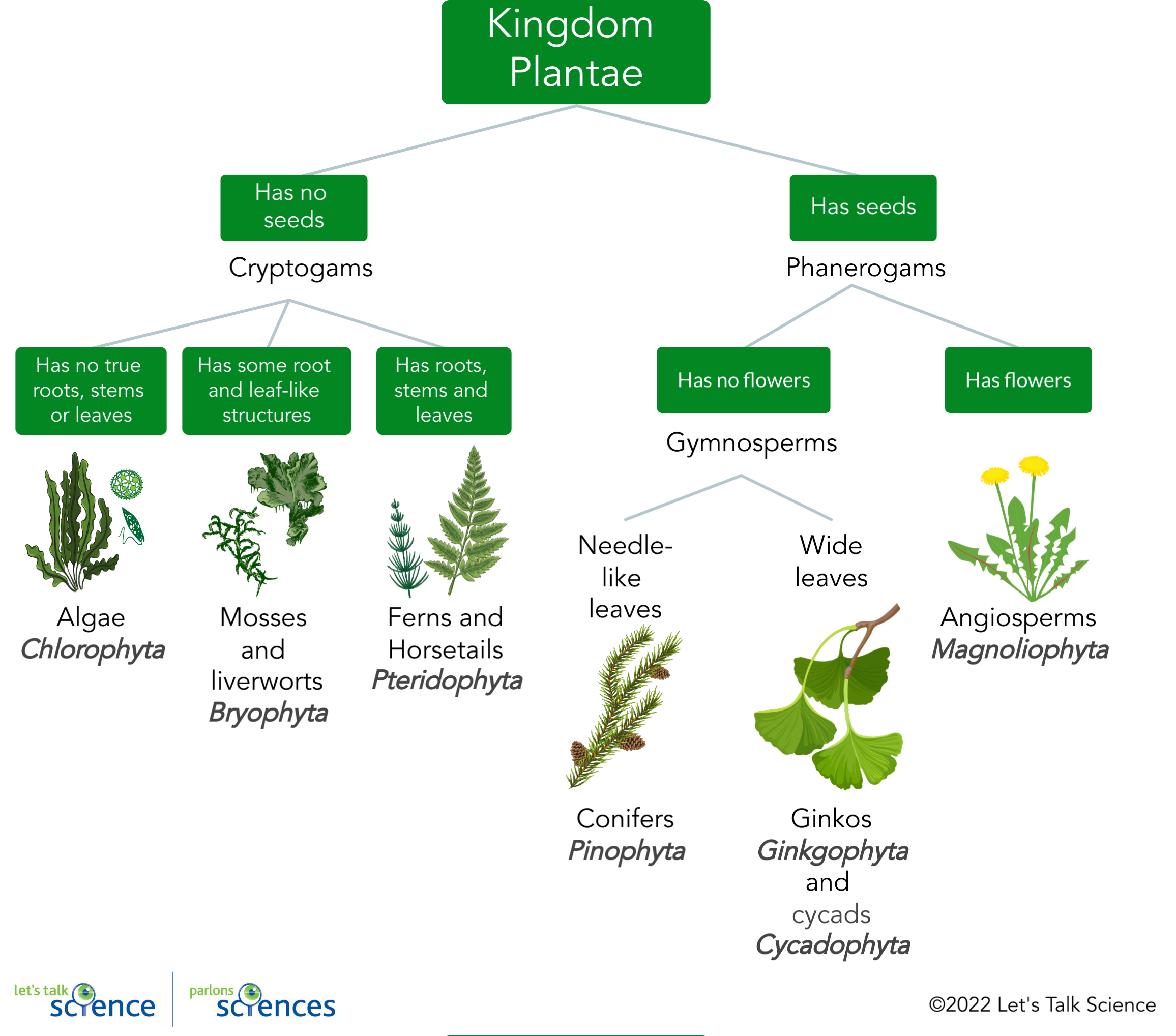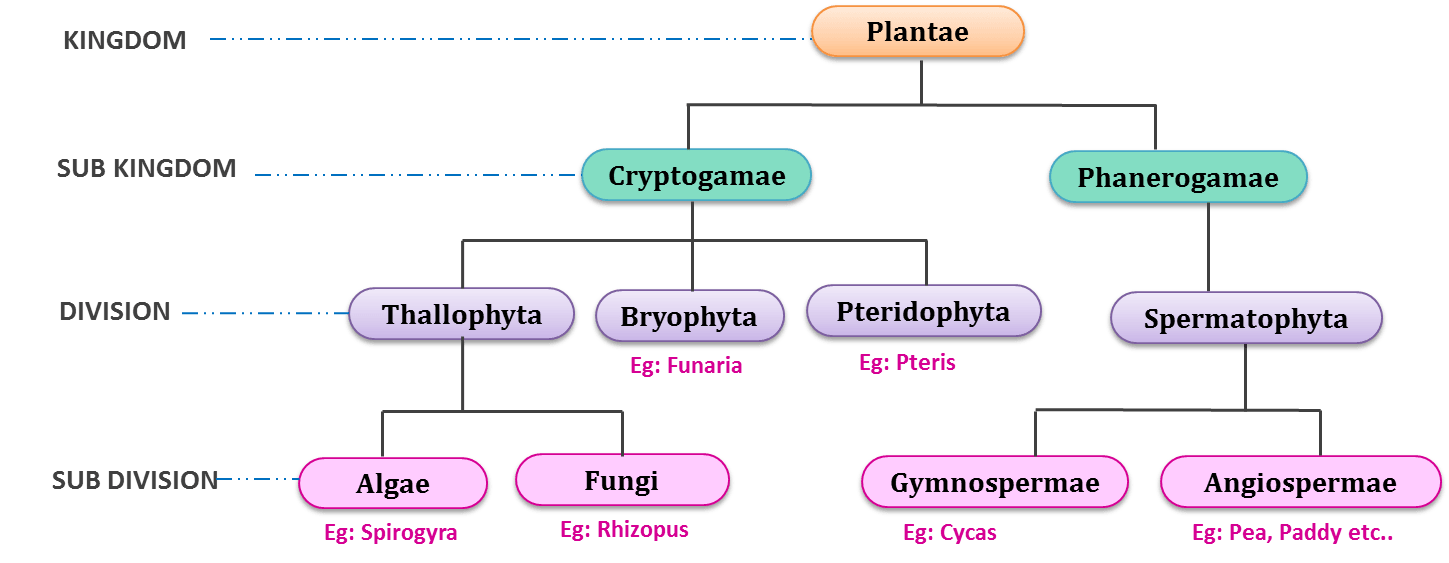“`html
plant Kingdom Classification
Plant Kingdom Classification: A Comprehensive Overview
The plant kingdom, Plantae, is a vast and diverse group of organisms crucial for life on Earth. From the towering redwoods to the microscopic algae, plants play essential roles in ecosystems, providing oxygen, food, and habitat. Understanding the classification of plants is fundamental to appreciating their diversity and evolutionary relationships. This article delves into the major classifications within the plant kingdom, exploring their characteristics, evolutionary history, and ecological significance.
Overview of Plant Kingdom
The plant kingdom is characterized by eukaryotic organisms with cell walls made of cellulose and the ability to photosynthesize using chloroplasts. This ability to convert light energy into chemical energy is the cornerstone of plant life, enabling them to produce their own food. The evolutionary journey of plants from aquatic ancestors to terrestrial dominance is a story of remarkable adaptation and diversification.
Major Divisions of the Plant Kingdom

The plant kingdom is broadly divided into several major groups, each representing significant evolutionary milestones. These groups are often referred to as divisions or phyla, reflecting their taxonomic rank.
Non-Vascular Plants (Bryophytes)
Bryophytes are the most basal group of land plants, lacking vascular tissues (xylem and phloem) for water and nutrient transport. This limitation restricts them to moist environments and small sizes. Bryophytes include:
Mosses (Bryophyta)
Mosses are characterized by their small, leafy gametophytes and simple sporophytes. They play crucial roles in soil formation and water retention in various ecosystems.
Liverworts (Marchantiophyta)
Liverworts have flattened, thalloid (ribbon-like) or leafy gametophytes. They are often found in damp, shaded habitats.
Hornworts (Anthocerotophyta)

Hornworts have a unique, horn-shaped sporophyte and a single, large chloroplast in each cell. They are relatively less common than mosses and liverworts.
Vascular Plants (Tracheophytes)
The evolution of vascular tissue marked a significant advancement in plant evolution, enabling plants to grow taller and colonize drier habitats. Vascular plants possess xylem for water transport and phloem for nutrient transport.
Seedless Vascular Plants
These plants reproduce via spores and lack seeds. They represent an intermediate stage in plant evolution, bridging the gap between bryophytes and seed plants.
Lycophytes (Lycopodiophyta)
Lycophytes include club mosses, quillworts, and spike mosses. They have small, scale-like leaves and produce spores in cone-like structures called strobili.
Monilophytes (Monilophyta)

Monilophytes include ferns, horsetails, and whisk ferns. They are characterized by megaphylls (large leaves with branched veins) and diverse growth forms.
Ferns (Polypodiopsida)
Ferns are the most diverse group of seedless vascular plants, with a wide range of leaf shapes and sizes. They reproduce via spores produced on the underside of their leaves (sori).
Horsetails (Equisetopsida)
Horsetails have jointed stems and scale-like leaves. They are known for their abrasive silica deposits in their cell walls.
Whisk Ferns (Psilotopsida)
Whisk ferns are simple, leafless plants with dichotomously branching stems. They lack true roots and leaves.
Seed Plants (Spermatophytes)
Seed plants are the most advanced group of plants, characterized by the production of seeds and pollen. Seeds provide protection and nourishment for the developing embryo, while pollen allows for wind or animal-mediated pollination.
Gymnosperms
Gymnosperms are seed plants that do not produce flowers or fruits. Their seeds are typically borne on the scales of cones.
Conifers (Pinophyta)
Conifers are the most diverse group of gymnosperms, including pines, firs, spruces, and cedars. They have needle-like or scale-like leaves and produce cones.
Cycads (Cycadophyta)
Cycads have palm-like leaves and produce large cones. They are often found in tropical and subtropical regions.
Ginkgo (Ginkgophyta)
Ginkgo biloba is the only living species in this group. It has fan-shaped leaves and produces fleshy seeds.
Gnetophytes (Gnetophyta)
Gnetophytes are a diverse group with unique characteristics, including vessel elements in their xylem. They include Ephedra, Gnetum, and Welwitschia.
Angiosperms (Magnoliophyta)
Angiosperms, or flowering plants, are the most diverse and widespread group of plants. They are characterized by the production of flowers and fruits, which enhance pollination and seed dispersal.
Monocots (Monocotyledonae)
Monocots have a single cotyledon (seed leaf), parallel leaf veins, and flower parts in multiples of three. They include grasses, orchids, and lilies.
Eudicots (Eudicotyledonae)
Eudicots have two cotyledons, net-like leaf veins, and flower parts in multiples of four or five. They represent the majority of flowering plants, including roses, sunflowers, and oaks.
Evolutionary History
The evolutionary history of plants is a fascinating narrative of adaptation and diversification. The first plants are believed to have evolved from green algae in aquatic environments. The transition to land required significant adaptations, including the development of a cuticle to prevent water loss, stomata for gas exchange, and vascular tissue for water and nutrient transport. The evolution of seeds and flowers further enhanced plant success, enabling them to colonize diverse terrestrial habitats.
Ecological Significance
Plants are essential components of ecosystems, playing vital roles in:
Primary Production
Plants are the primary producers in most ecosystems, converting sunlight into chemical energy through photosynthesis. This energy forms the base of food webs, supporting all other organisms.
Oxygen Production
Photosynthesis by plants releases oxygen into the atmosphere, which is essential for the respiration of animals and many other organisms.
Soil Formation and Stabilization
Plant roots help to break down rocks and create soil. They also stabilize soil, preventing erosion and maintaining soil fertility.
Water Regulation
Plants play a crucial role in the water cycle, influencing transpiration, evaporation, and water retention in ecosystems.
Habitat Provision
Plants provide habitat and shelter for a wide range of organisms, including animals, fungi, and microorganisms.
Conclusion
The plant kingdom is a testament to the power of evolution, showcasing the remarkable diversity and adaptability of life on Earth. From the simple bryophytes to the complex angiosperms, plants have shaped the planet’s ecosystems and continue to play crucial roles in maintaining life. Understanding plant classification is essential for appreciating their ecological significance and for conserving their biodiversity. As we continue to explore the vast and intricate world of plants, we gain a deeper understanding of the interconnectedness of life and the importance of preserving our planet’s botanical heritage.
“`
